
Top Stylists and Designers Defining West African Stars’ Fashion

West Africa’s biggest stars are leaving an identifiable visual mark on carpets, stages, and magazine covers. Behind the razor-sharp tailoring, silhouette statements, and culture-first nods are designers and stylists who interpret personality into image and catapult the region’s fashion ecosystem to greater heights. These six are changing how West African stars dress and how the world comes to recognise that dressing.
Ugo Mozie For Eleven Sixteen
Born in Lagos, Los Angeles-based designer-turned-stylist Ugo Mozie is a go-to for high-glamour looks and statement menswear. He has styled world music tours and collaborated with luxury houses without neglecting African creative communities. In 2025, he launched his label Eleven Sixteen, designing show-stopping bespoke looks for Diana Ross and Blue Ivy, proving how a stylist’s eye can be translated into a design house without diluting star focus.


Swanky Jerry
Jeremiah “Swanky Jerry” Ogbodo is the name on every tongue for high-stakes red-carpet drama across Nollywood and Afrobeats. A Forbes Africa 30 Under 30 alum, he turned a decade of styling experience into mainstream stardom on Netflix’s Young, Famous & African. Swanky’s blend of couture audacity and Nigerian flair set the bar for A-list West African looks, cementing his status as a leading stylist.


Medlin Boss
Mimi Linda Yina, Medlin Boss to the world, has built a styling empire that moves seamlessly from boardroom chic to red-carpet spectacle. Business-savvy and fashion-forward, she embodies the aspirations of the new superstar generation of Nollywood and the influencer economy. Recent editorials find her scaling personal styling into a full-blown fashion business without slowing down on A-list celebrity clientele.

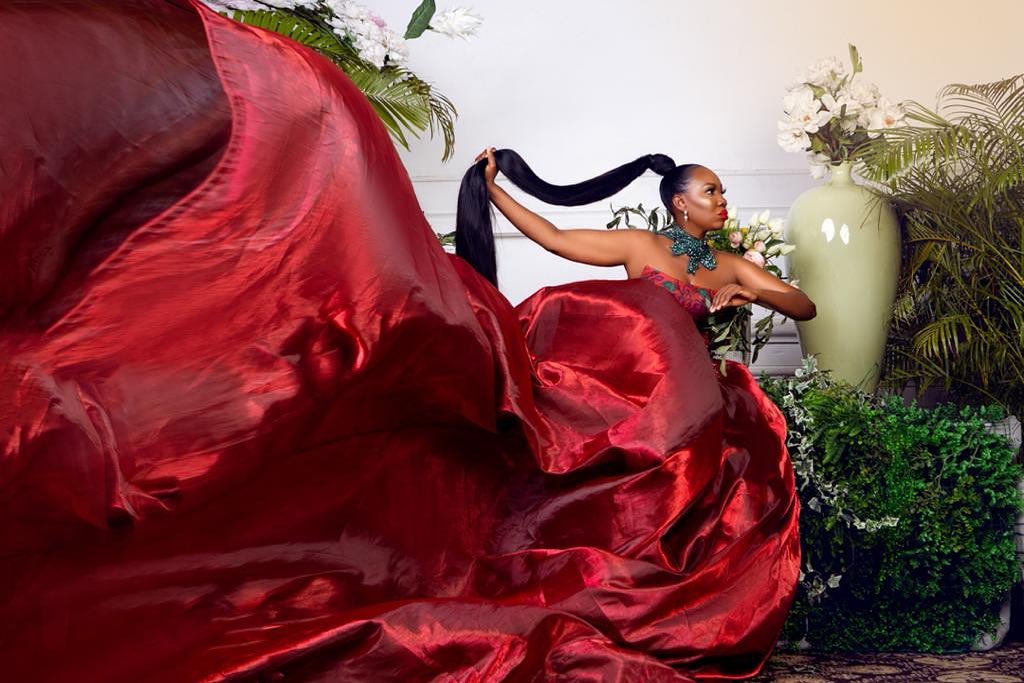
Sarah Diouf
Senegalese designer and creative director Sarah Diouf, founder of Tongoro Studio, has turned bold, flowing ready-to-wear into a globally recognised brand. Being worn by Beyoncé in Spirit put the brand on the global map, cementing her influence while promoting local artisans and craftsmanship. As a designer, her creations are regularly styled on A-list celebrities, effortlessly blending design and celebrity fashion.
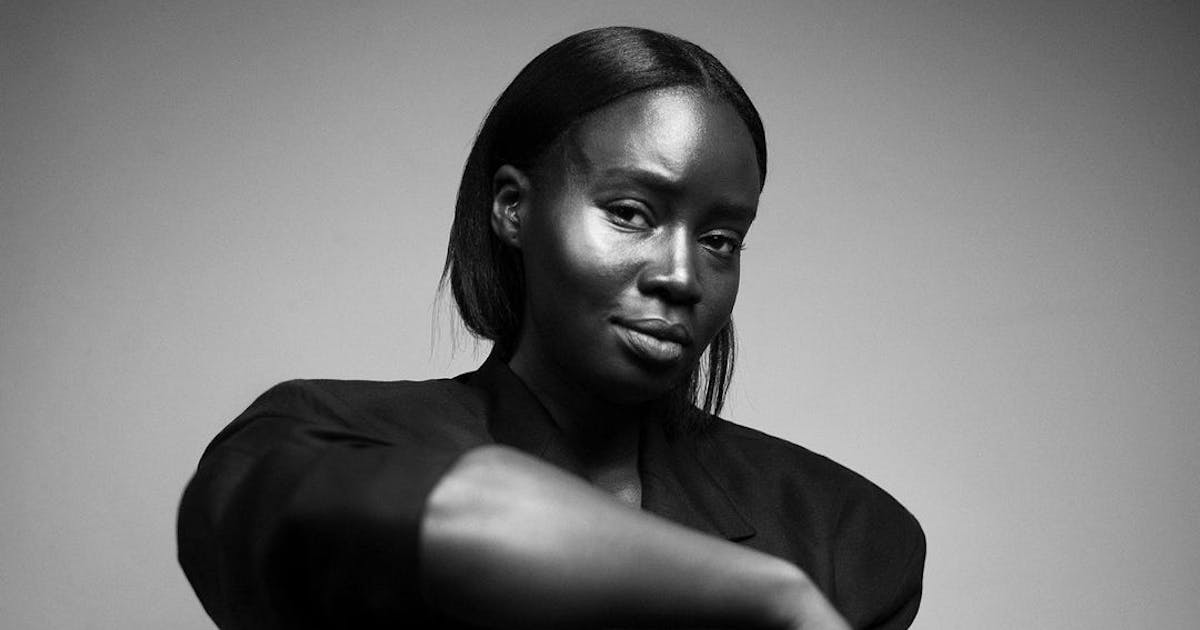

Loza Maléombho
Ivorian designer Loza Maléombho, under her eponymous label, combines heritage and avant-garde forms. Her creations, adorning Beyoncé, Solange, and Tiwa Savage, effortlessly move from couture to celebrity styling. Although design is her primary role, she dictates star style with creations that are consistently styled for red carpets and performances.


Nana Kwasi Wiafe & Daniel Obasi
Accra to international ensembles, Nana Kwasi Wiafe incorporates Ashanti inspiration with contemporary sensibilities, creating bold imagery for artists. Based in Lagos, stylist, art director, and filmmaker Daniel Obasi pursues Afrofuturist storytelling in editorials and commercial collaborations, recasting West African icons as heroes in epic visual narratives rather than fashion moments.
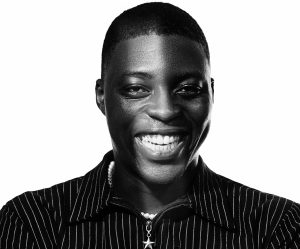

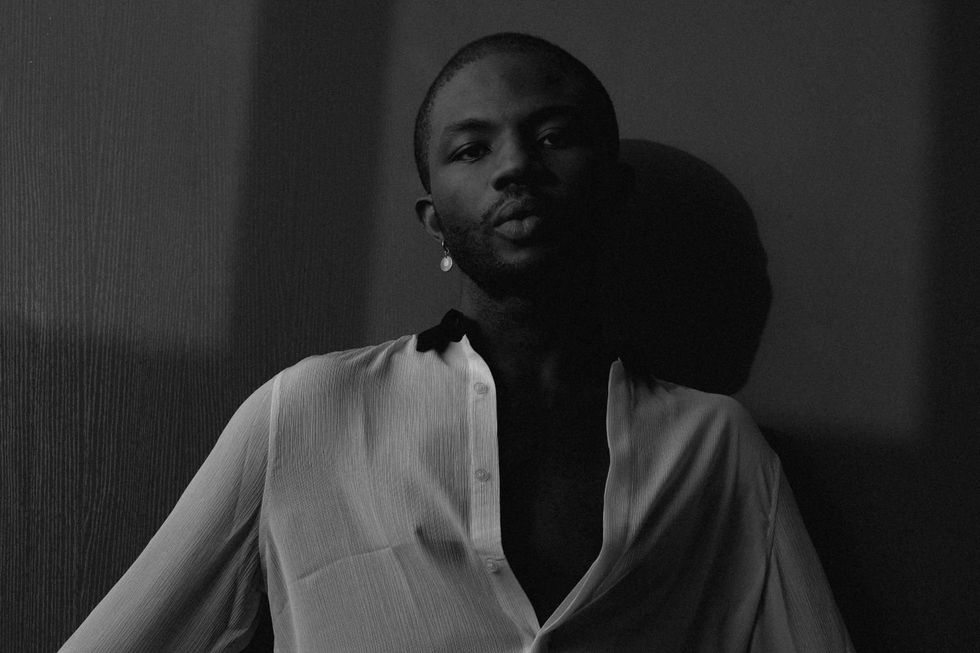
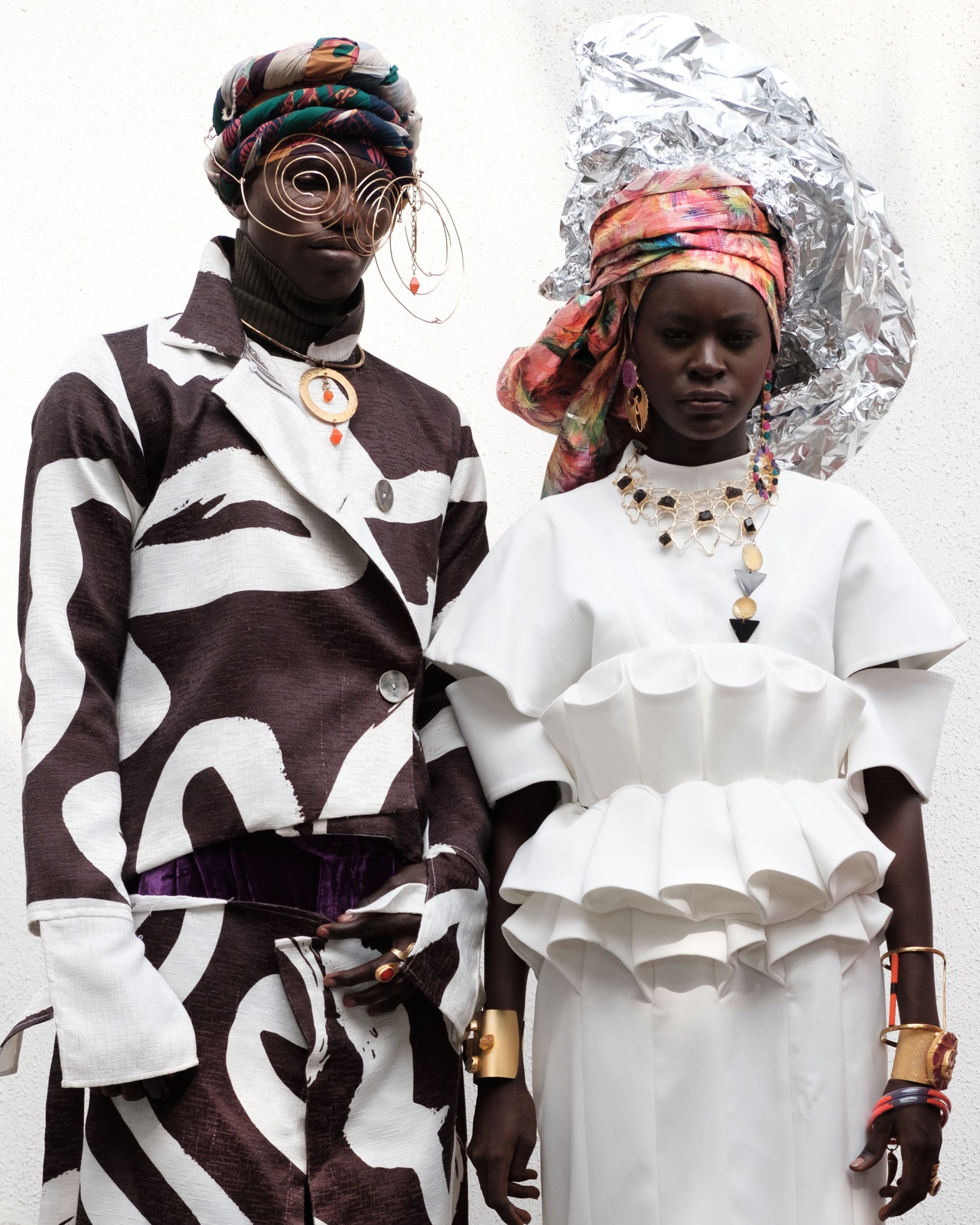
Together, these stylists and designers map the boundaries of what “West African stars’ fashion” is in 2025. Red-carpet diplomacy by Ugo Mozie bridges Lagos and Los Angeles, Swanky Jerry dictates large award-show entrances, Medlin Boss industrialises personal branding, Nana Kwasi Wiafe transcodes Ghanaian cultural memory into pop imagery, and Daniel Obasi creates cinematic worlds for stars to inhabit. Their projects employ local designers, tailors, makeup and hair stylists, photographers, and set designers to bring and expand their visions to life.
Ownership remains at the centre. Studios, labels, or creative spaces are owned by most, commissioning pieces, developing talent, and injecting money into West Africa’s fashion industry. When stars dazzle on carpets and campaigns, these tastemakers possess clout to push African designers, providing additional jobs for the next shoot.
Alongside these front-running figures, a constellation of designers and stylists across West Africa, from Senegal, Côte d’Ivoire, and Togo to Mali, Burkina Faso, and beyond, is shaping a rich, diverse, and globally pertinent fashion universe. Together, they are proving that West African fashion is not just colourful; it is intentional, culturally attuned, and impossible to ignore on the world stage.
Read More:
- Mali Signs Cooperation Agreement With UAE To Strengthen Economic And Trade Ties
- Foundation Urges Nigeria’s House Of Reps To Fast-Track Anti-Gas Flaring Bill To Safeguard Niger Delta Communities
About The Author
Related Articles
Wizkid, Seyi Vibez, and Asake Dominate Spotify’s 2025 Wrapped in Nigeria
Spotify has released its 2025 Wrapped data, and the results show another...
ByWest Africa WeeklyDecember 4, 2025Lagos Welcomes XVI Edition of S16 Film Festival Featuring Shorts, Features, and Panels
The 2025 edition of the S16 Film Festival officially opened in Lagos...
ByWest Africa WeeklyDecember 3, 2025Surviving Poverty Through Pollution: A Day in the Life of Adamawa Bola Boys
Before leaving Lagos, I was sure that I had left behind memories like...
ByBankole Taiwo JamesNovember 20, 2025Ghana Sets Up GH₵20m Creative Arts Fund as Nigeria’s Sector Still Lacks Support
Ghana’s 2026 national budget includes a bold new investment in its creative...
ByIkenna ChurchillNovember 17, 2025
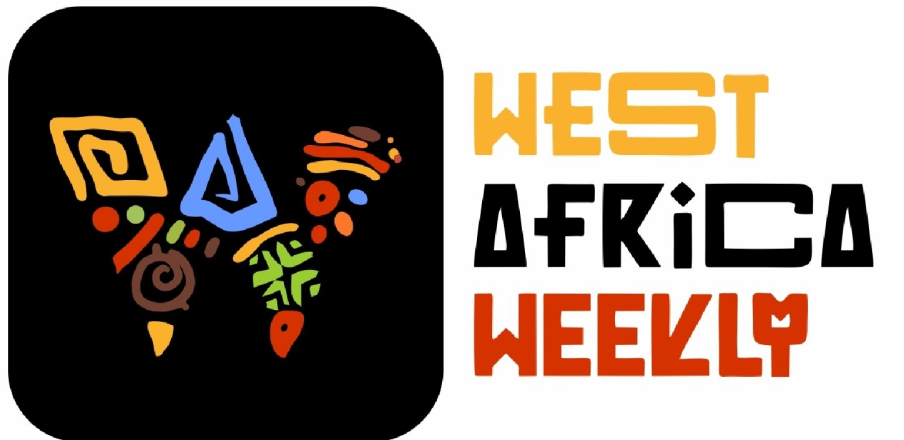







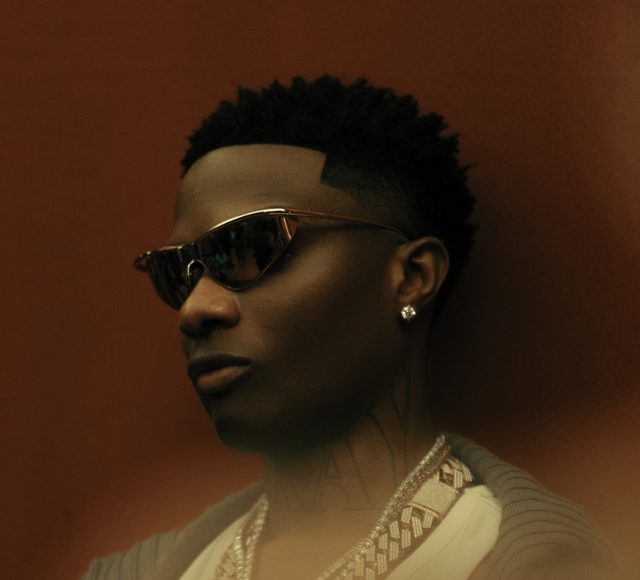
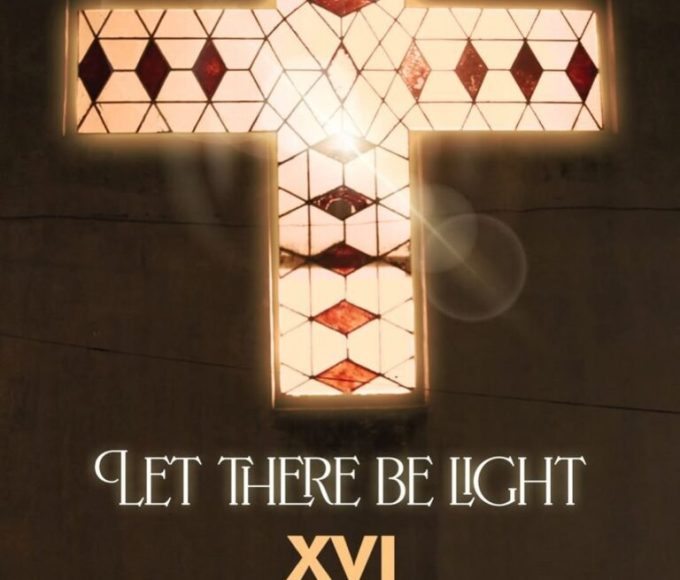
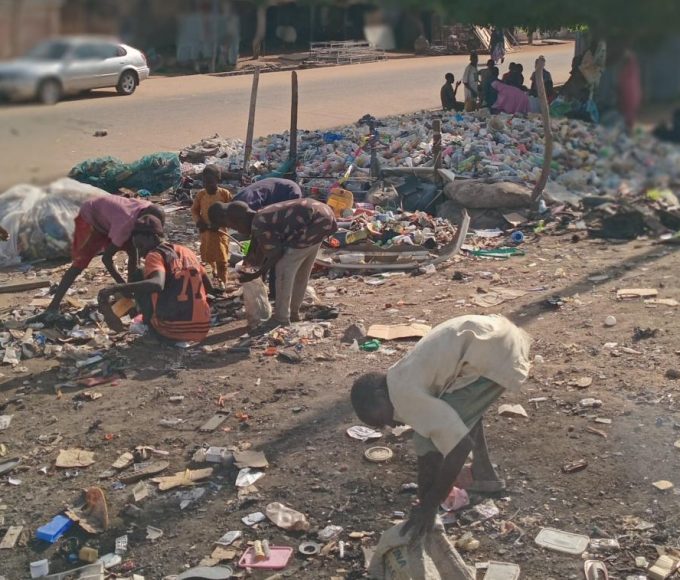
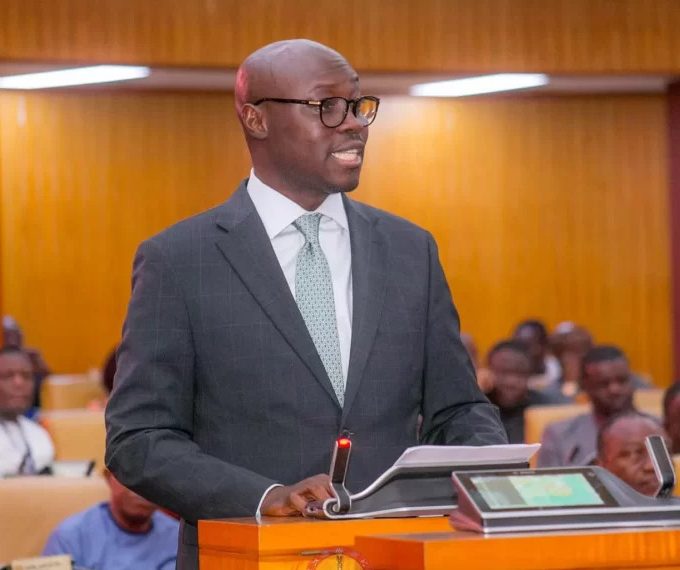
Leave a comment